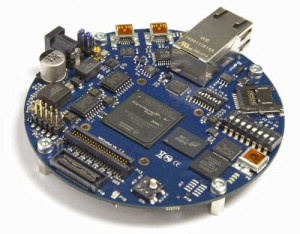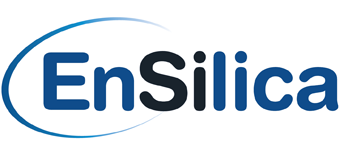FPGA System Level Design
Modern FPGA based systems have expanded in complexity.
EnSilica are skilled in working with customer marketing and engineering teams to define new features that help differentiate your product in the market through the use of FPGAs. EnSilica can assist or take ownership of all aspects of the system-level FPGA design. Whether the requirement is for a feasibility study, algorithm analysis, we have the expertise to solve the most difficult design problems. We have experience with the latest high level design methodologies reducing the time to market through the use of OpenCL, Altera DSPBuilder or Xilinx Systems Generator for DSP. For us innovation and proven technology can go hand in hand to both differentiate and lower risk at the same time.


